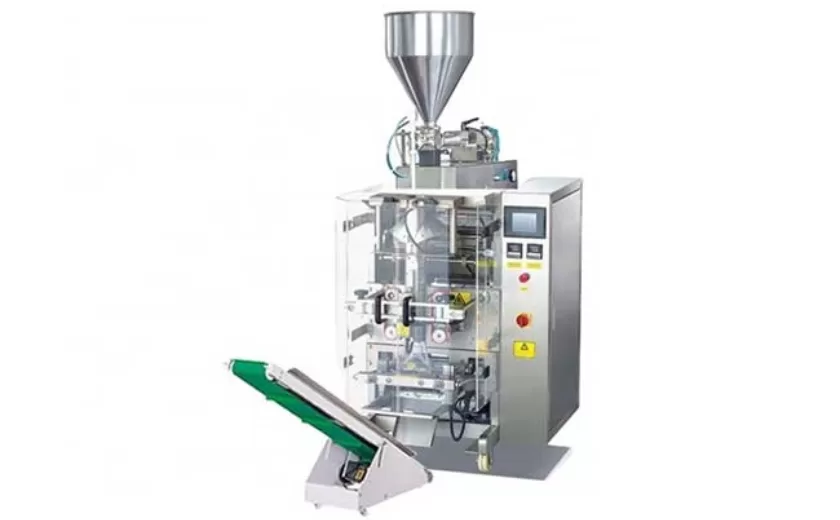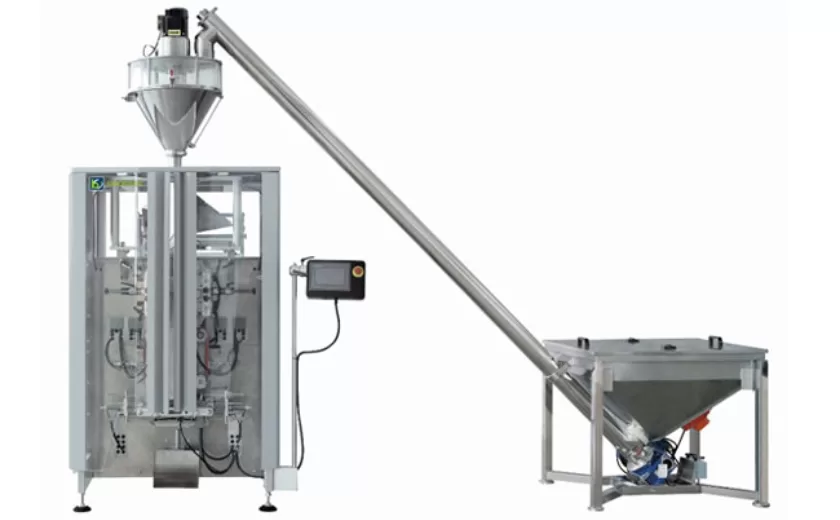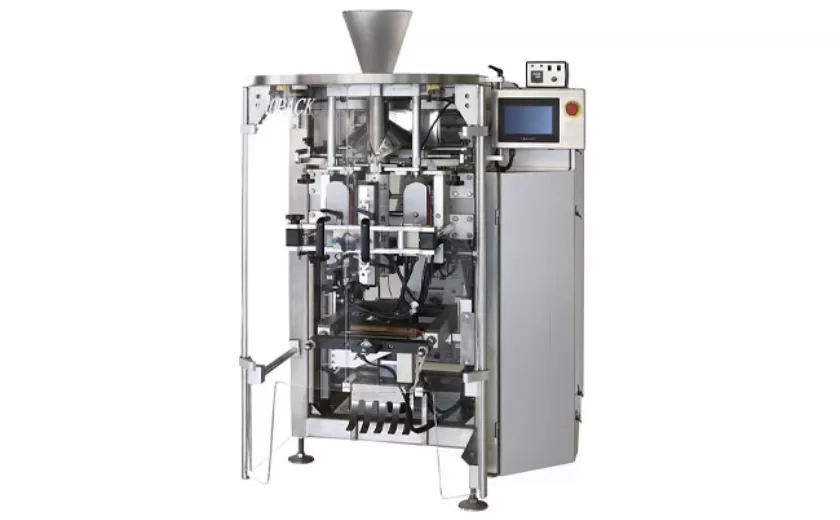Common Challenges in Juice Filling and How to Overcome Them
Juice filling is a complex process that can present several challenges for manufacturers. These challenges can affect the efficiency, quality, and safety of the finished product. Understanding and overcoming these challenges is crucial for successful juice filling operations.
Misaligned Fill Levels
Cause:
Misaligned fill levels can occur due to faulty filling equipment, incorrect container dimensions, or uneven product flow.
Solution:
Regularly calibrate filling equipment and ensure that container specifications are met. Implement a quality control system to inspect fill levels and reject containers that do not meet standards.
Foaming and Overfilling
Cause:
Foaming can result from trapped air in the juice or improper deaeration. Overfilling can occur if the filling valves are not properly timed or calibrated.
Solution:
Implement a deaeration system to remove air from the juice before filling. Ensure filling valves are timed and calibrated accurately. Use anti-foaming agents in the juice to reduce foam formation.
Microbial Contamination
Cause:
Microbial contamination can occur during filling due to unsanitary conditions, improper cleaning, or inadequate sterilization of equipment.
Solution:
Establish strict sanitation protocols and regularly clean and sterilize all equipment. Implement a hazard analysis and critical control points (HACCP) system to identify and control potential contamination risks. Use preservatives or pasteurization to inhibit microbial growth.
Oxidation and Flavor Loss
Cause:
Oxidation can occur when juice is exposed to air during filling. This can lead to flavor loss and reduced shelf life.
Solution:
Fill containers under vacuum or modified atmosphere conditions. Minimize exposure to air during the filling process. Use antioxidant additives to prevent oxidation.
Container Damage
Cause:
Container damage can occur during filling due to excessive pressure, improper handling, or inadequate container strength.
Solution:
Use containers that meet the appropriate strength specifications for the juice filling process. Implement gentle handling procedures throughout the filling line. Reduce pressure during filling and avoid overfilling.
Leaking and Spoilage
Cause:
Leaking can occur due to faulty seals, punctures in the container, or excessive pressure. Spoilage can result from microbial contamination or inadequate sealing.
Solution:
Inspect containers for defects before filling. Ensure seals are properly applied and maintained. Use leak detectors to identify any leaks and remove affected containers. Implement proper storage conditions to prevent spoilage.
Overcoming the challenges in juice filling requires a comprehensive approach that addresses both technical and operational aspects. By understanding and implementing the solutions outlined above, manufacturers can improve the efficiency, quality, and safety of their juice filling operations, ensuring that their products meet consumer expectations and regulatory requirements.
-

Advanced Packing Solutions: Snacks, Sugar, and Frozen Food Machines
29-10-2025 -

Efficient and Reliable Solutions for Salt, Nuts, and Frozen Dumplings Packing
29-10-2025 -

High-Performance Biscuits, Lollipop, and Ketchup Packing Machines for Modern Food Production
29-10-2025 -

Efficient Liquid Filling and Packing Machines for Modern Production
23-10-2025 -

Reliable Granule Packaging Machines for Efficient Production
23-10-2025 -

Efficient Auger Powder Filling Machines for Accurate Packaging
23-10-2025 -

High-Performance Liquid Filling and Packing Machines for Hygienic Production
10-10-2025 -

High-Efficiency Granule Packaging Machines for Precision and Speed
10-10-2025 -

High-Precision Auger Type Powder Filling Machines for Efficient Packaging
10-10-2025 -

Efficient Vertical Form Fill Seal Packaging Machines for Smart Production
10-10-2025





